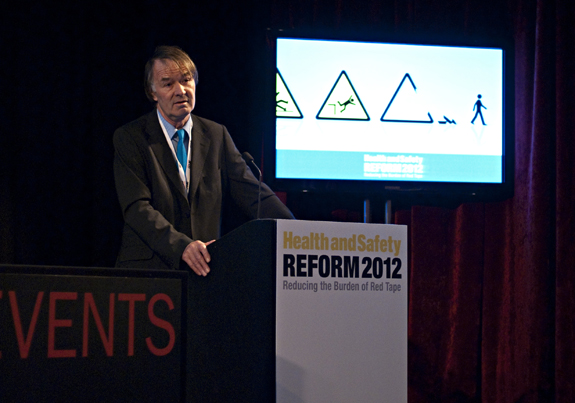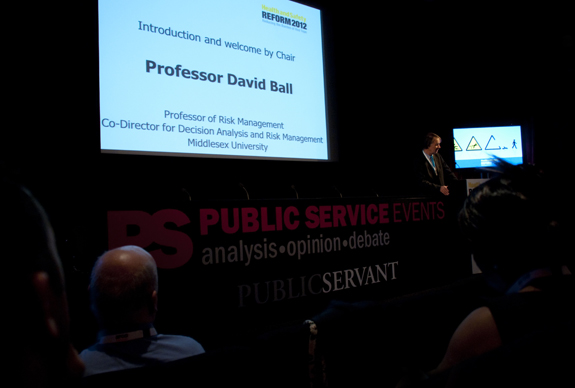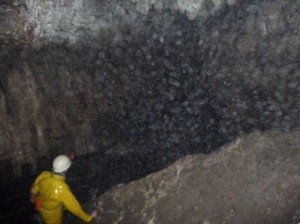I first became involved professionally in children and young people’s play provision back in 1986 when working for the Scientific Branch of the Greater London Council. It happened by accident when some colleagues left and I was asked to absorb their activities into my own. I recall saying, ‘This is not going to take long – it’s a three month job.’ How wrong can you be?! Twenty five years later the topic rolls on and interest, if anything, is at an even higher pitch than ever.
Back in the 80s and 90s most of the questions on play were about safety – ‘How can I make my playground safe?’ – being the typical question, and many people believed the answer somehow lay in impact absorbing surfaces for playgrounds. The publication, in 1989, of ‘A holistic approach to accident and injury prevention in children’s playgrounds’ caused something of a stir since it contradicted the then conventional wisdom that rubber surfaces would prevent playground injuries.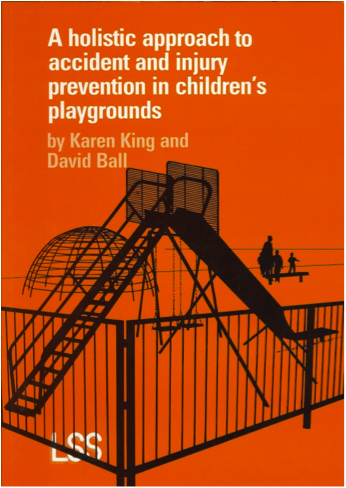
Having finally persuaded at least some people that this was both the wrong question and the wrong solution, and having been joined by others who have independently come to the same realisation, the new question of the 2010s is along the lines of: ‘How can I make my playground into a good experiential opportunity for children and young people?’ At least the question is becoming more wholesome, although the safety conundrum lingers on.
In 2002 I received a contract from the Health and Safety Executive to review what was actually known about the safety of playgrounds in terms of accident statistics, and to interpret this in terms of general UK safety policy. The output of this was published by the HSE and can be found on its website at http://eprints.mdx.ac.uk/4990/1/crr02426.pdf from which it may be downloaded. At about this time, and hopefully assisted by the HSE report, the Play Safety Forum (PSF), to whom I am one of several advisers, published the first edition of its ground-breaking policy statement entitled ‘Managing risk in play provision – position statement’. In contrast to the messages of the previous decades which were largely about making playgrounds safe, the PSF’s position was starkly different. Children, it said, needed and wanted exposure to risk.
Two further publications by Play England and the government in 2008 took this a step further. These were ‘Managing risk in play provision – implementation guide,’ and ‘Design for play.’ These documents contained singularly important messages. The most important perhaps being:
- risk assessment in the play sector should be replaced by risk benefit assessment (RBA)
- that play spaces need natural features as well as manufactured equipment
- that good play space is achieved not through a process of ‘design, install and forget,’ but rather one of ‘design, install, monitor and adjust’

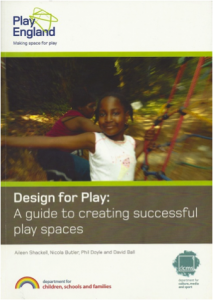 However, although the PSF fully endorsed RBA in these publications and had, at the time, the support of the HSE, it appeared sometime later that HSE was less confident of this concept and some personnel appeared opposed. After a somewhat protracted deliberation between the PSF and the HSE during 2011-12, partly at the instigation of Lord Young who had said that this negotiation over risk-benefit should take place (http://www.number10.gov.uk/wp-content/uploads/402906_CommonSense_acc.pdf), the HSE in due course published on its website a high level statement on risk in play, and risk benefit assessment specifically, on 3 September 2012 (http://www.hse.gov.uk/
However, although the PSF fully endorsed RBA in these publications and had, at the time, the support of the HSE, it appeared sometime later that HSE was less confident of this concept and some personnel appeared opposed. After a somewhat protracted deliberation between the PSF and the HSE during 2011-12, partly at the instigation of Lord Young who had said that this negotiation over risk-benefit should take place (http://www.number10.gov.uk/wp-content/uploads/402906_CommonSense_acc.pdf), the HSE in due course published on its website a high level statement on risk in play, and risk benefit assessment specifically, on 3 September 2012 (http://www.hse.gov.uk/
“To help with controlling risks sensibly and proportionately, the play sector has produced the publication Managing Risk in Play Provision: Implementation Guide which provides guidance on managing the risks in play. The approach in this guidance is that risks and benefits are considered alongside each other in a risk-benefit assessment. This includes an assessment of the risks which, while taking into account the benefits of the activity, ensures that any precautions are practicable and proportionate and reflect the level of risk. HSE supports this guidance, as a sensible approach to risk management.” (HSE, 2012)
Prima facie, it would appear that peace has broken out, although the road may yet have further twists.

